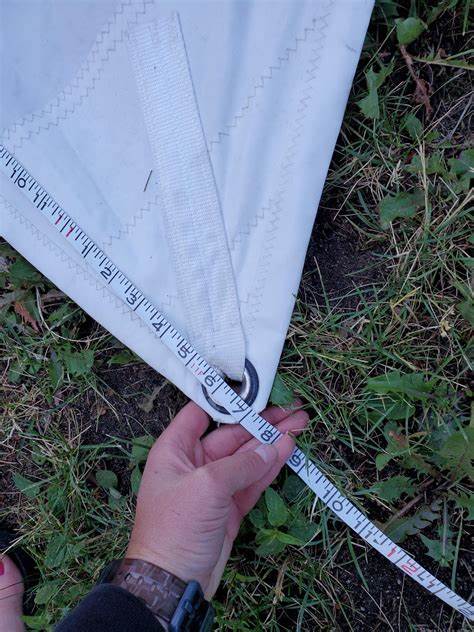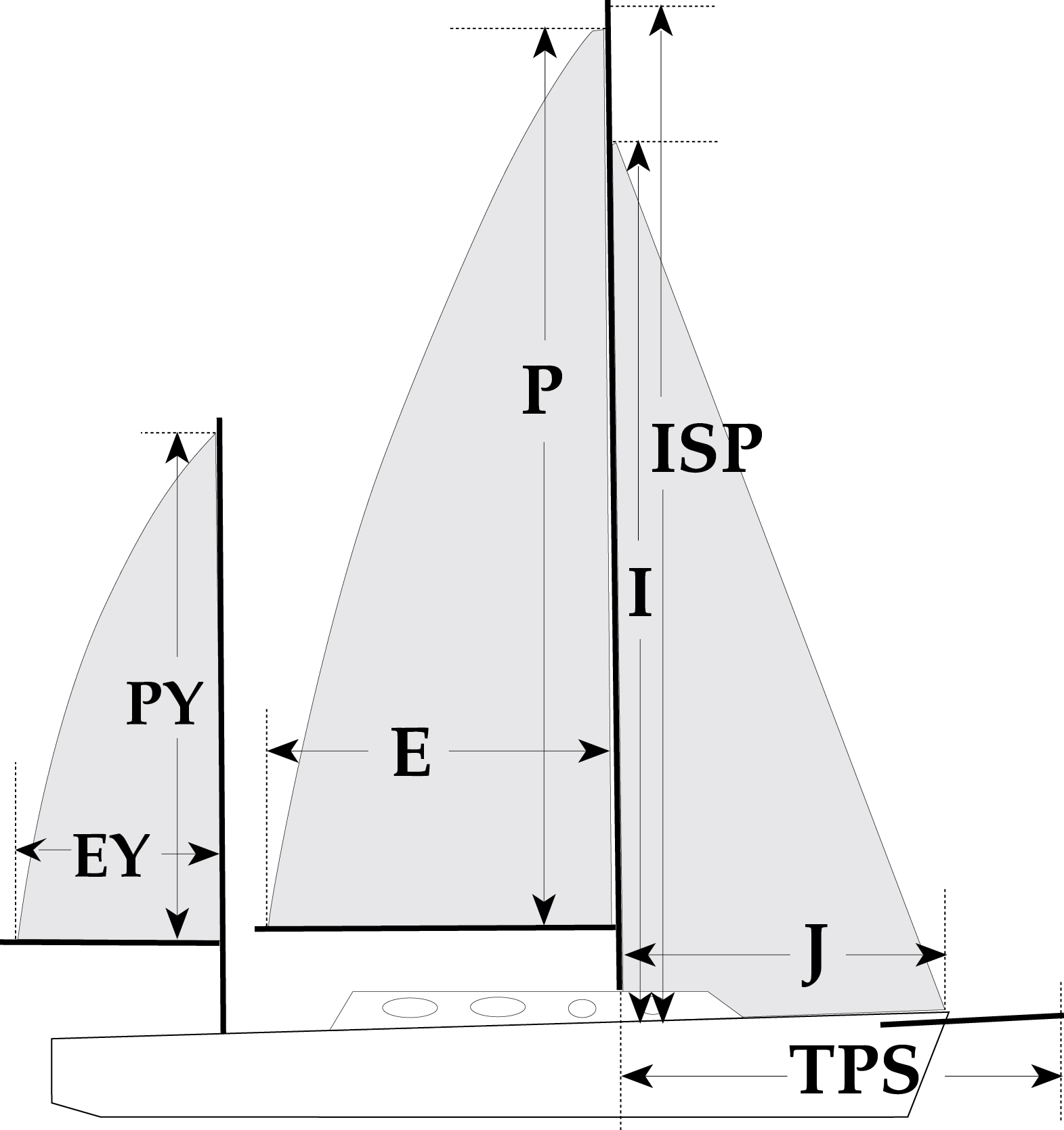Choosing the right sail size is crucial for an enjoyable and efficient windsurfing experience. The right sail allows you to harness the wind effectively, maintain control, and maximize your speed. Factors like wind speed, rider weight, skill level, and water conditions all play a role in determining the ideal sail size. Here’s a guide to help you make the best choice.
1. Understanding Sail Sizes and Their Role
Windsurfing sails come in different sizes, measured in square meters (m²). Smaller sails offer better control in strong winds, while larger sails generate more power in light winds. Choosing the correct sail size ensures a balance between power and maneuverability.
General Sail Size Guide by Wind Speed:
| Wind Speed (Knots) | Recommended Sail Size (m²) |
|---|---|
| 5 – 10 knots | 7.0 – 9.5 |
| 11 – 16 knots | 5.5 – 7.0 |
| 17 – 22 knots | 4.5 – 5.5 |
| 23 – 30 knots | 3.5 – 4.5 |
| 30+ knots | 2.5 – 3.5 |
2. Choosing a Sail Based on Wind Conditions
Light Wind Conditions (5 – 12 Knots)
-
Use large sails (7.5 – 9.5 m²) to maximize power.
-
Ideal for beginners, freeride, and slalom windsurfing.
-
Works best with larger boards for better stability.

Moderate Wind Conditions (13 – 20 Knots)
-
A 5.0 – 7.0 m² sail is suitable for most riders.
-
Great for freestyle and wave sailing.
-
Offers a balance of speed and control.
Strong Wind Conditions (21 – 30+ Knots)
-
Smaller sails (2.5 – 5.5 m²) provide better handling.
-
Essential for advanced riders tackling waves or high-speed slalom racing.
-
Reduces drag and improves control in gusty winds.
3. Considering Your Weight and Skill Level
-
Lighter riders (Under 70 kg): Use slightly smaller sails for easier handling.
-
Heavier riders (Over 85 kg): May require a larger sail to generate enough power.
-
Beginners: Start with a larger sail in light winds to practice balance and technique.
-
Advanced windsurfers: Adjust sail size based on skill, style, and wind conditions.
4. Sail Types and Their Purpose
-
Freeride Sails – Balanced power and control for casual sailing.
-
Freestyle Sails – Lightweight and maneuverable for tricks.
-
Slalom Sails – Designed for maximum speed and efficiency.
-
Wave Sails – Small and durable for handling rough conditions.
-
Foil Sails – Specialized for windsurf foiling with reduced drag.
5. Matching Your Sail with the Right Mast and Boom
-
Choose a mast with the correct stiffness (IMCS rating) for your sail.
-
A lightweight carbon boom improves handling and reduces fatigue.
-
Proper rigging ensures the sail performs efficiently in all conditions.
Conclusion
Selecting the right sail size depends on wind conditions, skill level, and personal preference. By choosing the right sail, you’ll have better control, more speed, and an overall improved windsurfing experience. Whether you’re cruising in light winds or tackling high-speed slalom races, having the right sail makes all the difference.











